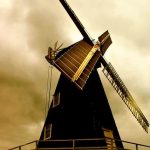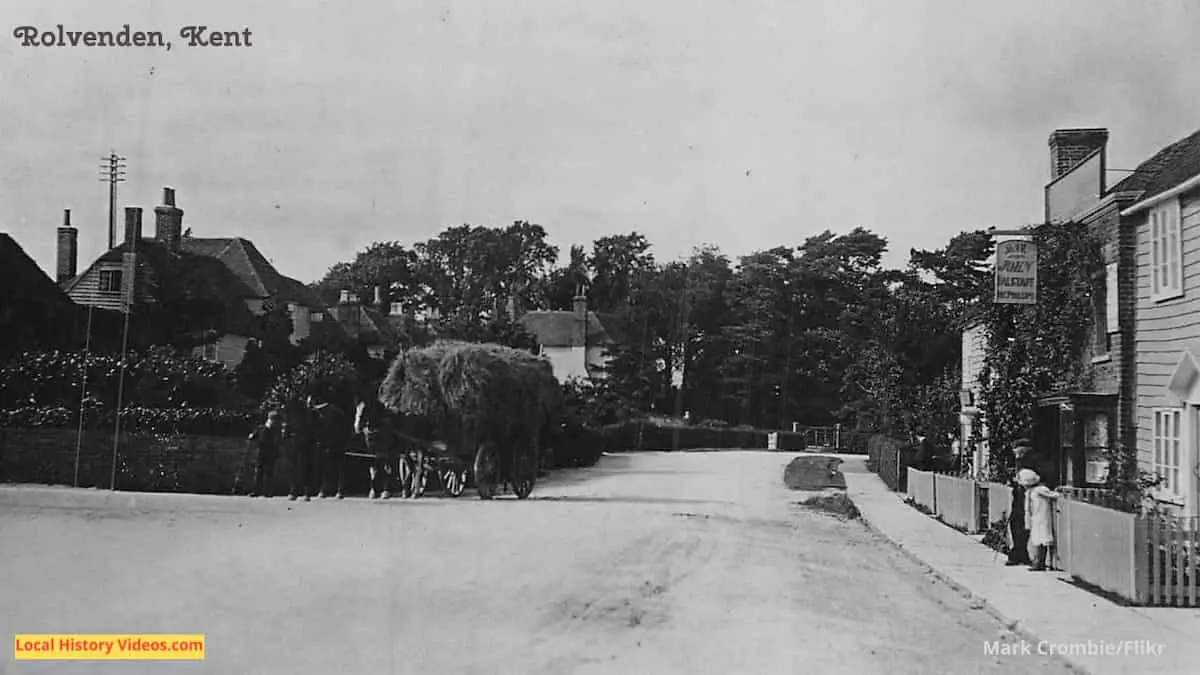Glimpse history through old images of Rolvenden, Kent, England
WW1 VAD Hospital
During the Great War, later known as World War 1, Voluntary Aid Detachment (VAD) Hospitals sprang up across the country.
Rolvenden’s VAD hospital was set up at the Church Hall in October 1914, and remained in service until December 1918.
The building then reverted to use as a Church Hall again. In 2000 it was demolished to make way for the present Village Hall.
This image is from a vintage postcard of the VAD Hospital.
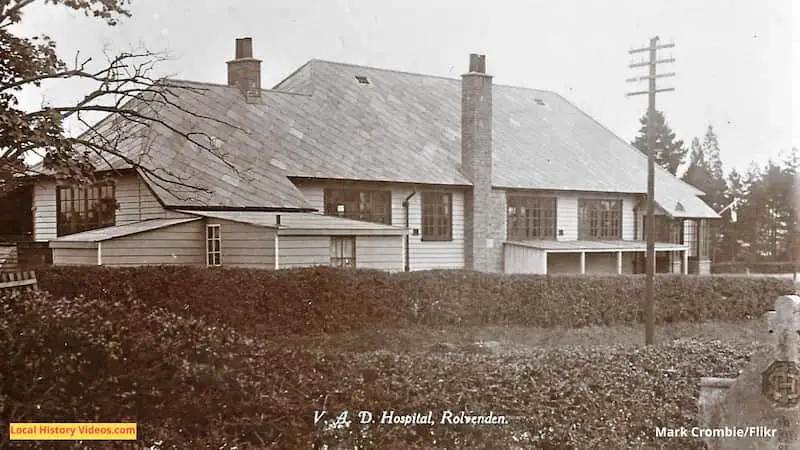
St Mary’s Church
The church of St Mary was built in 1220 by monks from Canterbury, with major additions constructed over the following century.
In 1819, Thomas Mears cast and hung a ring of 8 bells in the church tower.
The Gibbons family installed a pew, complete with tables and chairs, in the church gallery above the south chapel in 1825.
You can see pictures of the interior and exterior of the church in this video.
The history of Saint Mary the Virgin’s church Rolvenden – Kent churches on YouTube
Historic Book
Extract from “A History of the Weald of Kent, with an Outline of the Early History of the County – Volume 3” by Robert Furley and Henry B. Mackeson
Published in 1874
Page 703
ROLVENDEN , originally a dene , [ contracted Rounden , ” named from the rolling
valley ” -Philipott ] as well as Benenden , is mentioned in Domes
day , but with this distinction : -Rolvenden is returned as a
Hundred , while Benenden is noticed as a manor held by Robert
de Romenel of the Bishop of Baieux , and possessing a church .
Thus Benenden , originally a dene , was a manor when Domesday
was completed . With Rolvenden , it made up the Hundred , and
the Norman scribe having returned Rolvenden as a Hundred ,
might deem it unnecessary to notice it again .
Rolvenden after
wards formed one of the Seven Hundreds which claimed to be
paramount over it .
Aldington possessed no less than ten denes or
parts of denes here , viz . : -Rolvenden ( part ) , Little Rolvenden ,
Fordesham , Mileham , Devenhurst , Frencham ( part ) , Standen
( part ) , Dingledene , Keinsham , or Cassingham , and Hole ( part ) :
Dulveredenne , or Deverdenne , was in Brook ; Rustwell , in
Halling ; Frensham ( part ) , in Swanscombe ; Midsell , and Holin
den , in Lambin .
The other denes here were Hixdene , Thorn
dene , Maplesden , Iden , Lodendene , Orlovingdene , Great May
tham , and Lowden or Little Maytham .
Seven of these ancient
denes afterwards became manors , and were held by knight
service .
I have referred above to a manor in this parish called Lambin or
Halden , and Hasted ( without giving any authority ) says there
were twelve denes which held of it , and there were twelve
beadles appointed on the Court – day to collect the quit – renta .
Only two of these denes , however , are in Rolvenden ; the other
ten are in Benenden , Sandhurst , High Halden , Woodchurch ,
Tenterden , and Wittersham .
There may be similar cases , but
this is the only one I have met where a manor situate wholly
in the Weald possessed denes in other parishes .
Somner says that Domesday gives no account of any one entire
independent manor in the Weald . The Prior of Robertabridge ,
in Sussex , possessed denes here .
Pages 653 – 654
In 1822 an ancient vessel was found in the old bed
of the river Rother , in the Level of East Maytham , near
Maytham Wharf , Rolvenden , under the bank of a sewer
running into the present course of the river Rother to the
west of the Isle of Oxney .
She was dug out of ten feet of
sea – sand by a labourer in the employ of the late Mr. J.
Pomfret , the owner of the adjoining land .
Her length
was about sixty – three feet , and her breadth fifteen feet :
She was built entirely of oak , perfectly sound and very
hard , but much blackened . The caulking material was
moss . The rudder appeared to have been curiously man
aged .
She was floated on the 27th of August , when a
small boat ( or rather , the wreck of one ) was also dis
covered . The late Earl of Romney was present at an in
spection of the vessel , and agreed with Mr. Rice , of the
College of Naval Architecture ( who was also present ) ,
that she was a Dutch vessel , which was confirmed by
the fact that several articles of Dutch manufacture were
found in her ; but beyond the handle or hilt of a
sword there was nothing to lead to the conclusion that
she had been a vessel of warfare .
Human and other
bones were found in the cabin , and part of the skull of a
child .
The loss of mast , bowsprit , anchor , and cable ,
were sufficient proofs that she had been wrecked , and
there was a hole stove through her bottom forward .
No
thing could be discovered to fix the age of the vessel , or
probable period when it was wrecked . I have referred to
the great storm , A.D. 1287 , which altered the course of
the Rother . The vessel might have perished then , or at
a later period ; but certainly before 1623 , from which
time the river here was not navigable .
Another vessel ,
supposed to be Danish , was discovered in 1860 , in the
bed of the Rother , near Rolvenden .
Page 652, about William Cobbett’s observations in 1822
” Rolvenden was my next village , and thence I could see the lofty
church of Tenterden on the top of a hill at three miles distance .
This
Rolvenden is a very beautiful village ; and , indeed , such are all the places
along here . Here the houses have gardens in front of them as well as
behind ; and there is a good deal of show and finery about them and their
gardens .
The high roads are without a stone in them ; and everything
looks like gentility .
At this place I saw several arbutuses in one garden ,
and much finer than we see them in general ; though , mind , this is no
proof of a mild climate , for the arbutus is a native of one much colder
than that of England , and , indeed , than that of Scotland . “
” Coming from Benenden to Rolvenden , I saw some Swedish turnips ,
and strange as the reader will think it , the first I saw after leaving
Worth ! The reason I take to be this : -The farms are all furnished with
grass – fields , as in Devonshire , about Honiton . These grass – fields give hay
for the sheep and cattle in winter , or at any rate , they do all that is not
done by the white turnips . It may be a question whether it would be
more profitable to break up and sow Swedes ; but this is the reason of
their not being cultivated along here . White turnips are more easily got
than Swedes ; they may be sown later ; and with good hay they will fat
cattle and sheep ; but the Swedes will do this business without hay . “
More about Kent
- Ashford, Kent: History in Old Images

- Old Images of Kent, England
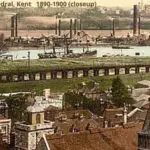
- Old Images of Chatham, Kent
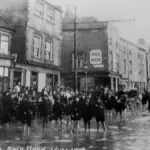
- Old Images of Rolvenden, Kent
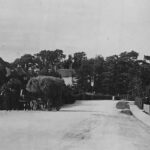
- Old Images of Queenborough, Kent
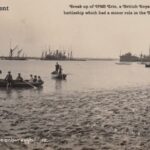
- Old Images of Westerham, Kent
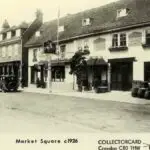
- Old Images of Birchington-on-Sea, Kent
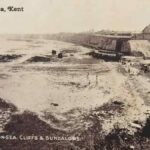
- Old Images of Tonbridge, Kent
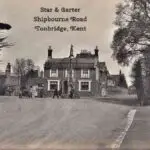
- Old Images of Cliffe, Kent
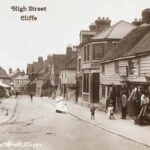
- Old Images of Folkestone, Kent
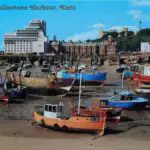
- Old Images of Faversham, Kent
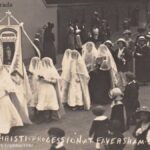
- Old Images of Broadstairs, Kent
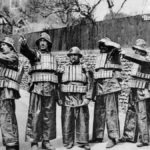
- Old Images of Dover, Kent
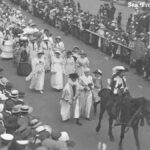
- Old Images of Dungeness, Kent
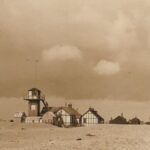
- Canterbury, Kent: History in Old Images
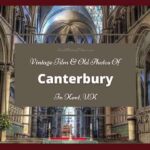
- Old Images of Maidstone, Kent
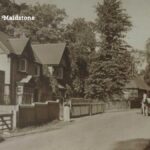
- Old Images of Rochester, Kent
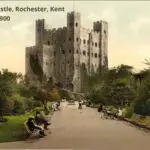
- Old Images of Margate, Kent
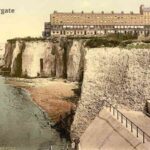
- Kent, A County In England
